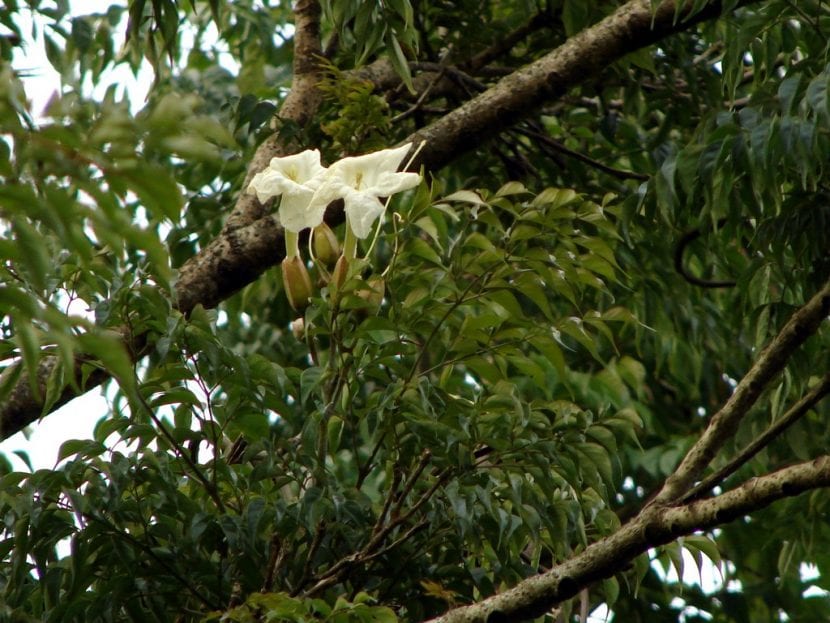
Image - Wikimedia / Tatters
There are plants that have common names that can even be repellent, but when you discover what is behind them, when you see the beauty of these species, it may happen that you want to have them in your home or garden. This is what usually happens with the dracaena.
Although it is not resistant to cold, it is often cultivated as a houseplant since it adapts quite well to those conditions, although it must be taken into account that it can easily exceed six meters in height.
Origin and characteristics
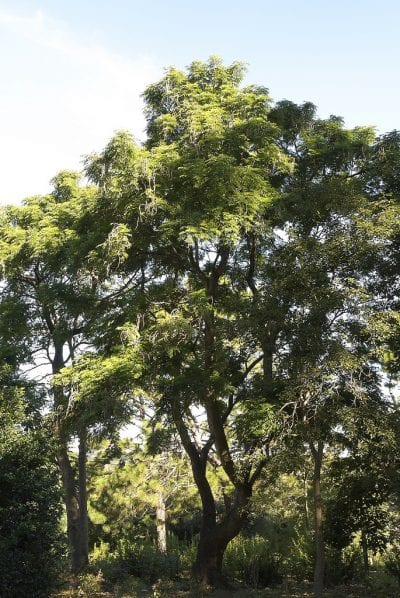
Image - Flickr / Tony Rodd
Our protagonist is an evergreen tree, that is, it remains evergreen although its leaves fall as new ones sprout, native to China, Taiwan, Bhutan, India, Burma and Vietnam. Its scientific name is Radermachera sinica, and is popularly known as snake tree, snake tree or radermachera.
In habitat it reaches 30 meters in height, but when it is cultivated it does not usually exceed 8 meters. Its trunk can be thickened up to a meter in diameter. The crown is wide, almost parasolate, formed by bi or tripinnate leaves 20 to 70cm long by 15-25cm wide, opposite, whole and petiolate, of a glossy dark green color.
The flowers are grouped in terminal or lateral panicles, yellow, with the bell-shaped calyx measuring about 7cm in length. The fruit is a dehiscent capsule that finishes maturing towards autumn.
What are their cares?

Image - Flickr / Forest and Kim Starr
If you want to have a copy, we recommend that you provide it with the following care:
Climate
It is important when you are going to buy a plant or seeds to know if it can live well in the climate that exists in the area, since otherwise you will have to grow it indoors ... or choose another. In the case of the snake tree, although it might be thought that it is suitable for those with temperate temperatures (not in vain, in China for example it is normal that there are frosts in many parts of the country every year), the reality is that it is a tropical species.
This means that to be able to grow outdoors it is necessary that the temperature is kept above, at least, 5ºC, and even if they are 18ºC better. Now if it goes down to 0 degrees it will resist it, but it may lose some leaves.
Earth
- Flower pot: uses universal growing medium (for sale here).
- Garden: grows in fertile soils, with good drainage.
Irrigation
It is a tree that needs frequent waterings, especially in summer when the environment is drier and warmer. In winter, on the other hand, it will be necessary to try not to give it too much water, since the substrate or soil will take longer to dry and, in addition, the growth rate is slower so it does not need as much.
So that there are no problems, I advise to check the humidity of the soil before watering, either with a digital humidity meter (for sale No products found.) or with the classic analogue method, that is, inserting the wooden stick (if when you remove it it comes out with a lot of adhering soil, you do not have to water).
Even so, when in doubt you should know that, on average, it needs about 3 irrigations a week in summer, and 1-2 / week the rest of the year. If you have it in a pot, you can put a plate under it, but you have to remember to remove any excess water 20 minutes after watering.
Subscriber
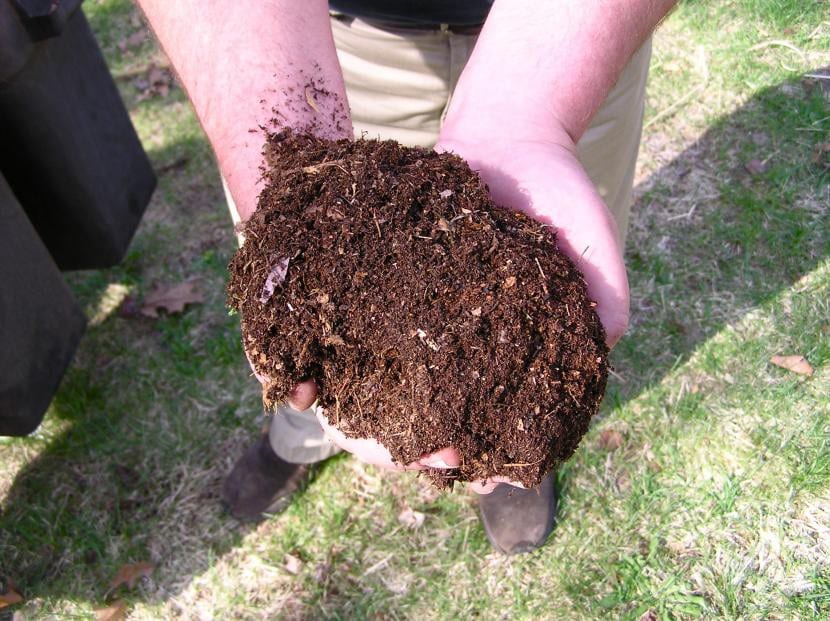
Water is as important as the regular supply of fertilizer. From early spring to late summer (You can until the beginning of autumn if you live in a mild climate or without frost) you must pay it with mulch, compost, or others organic. You just have to keep in mind that if you have it in a pot, you must use liquid fertilizers, like this one they sell here, following the indications specified on the package.
You can also use chemical fertilizers, but taking into account their risk of toxicity, both for the environment and for humans, they are not highly recommended.
Multiplication
The snake tree multiplies by seeds in spring and by cuttings in summer. Let's see how to proceed in each case:
Seeds
For them to germinate you must sow them in a seedbed (like this tray that they sell here), fill it with universal growing substrate, and put a maximum of 2 seeds in each socket or pot. Then, water, and place it outside, in semi-shade.
If all goes well, they will germinate in about 15 days.
Cuttings
In early or late summer, cut a branch of about 30-35cm in length, impregnate the base with homemade rooters and plant it in a pot with vermiculite (for sale here) previously watered.
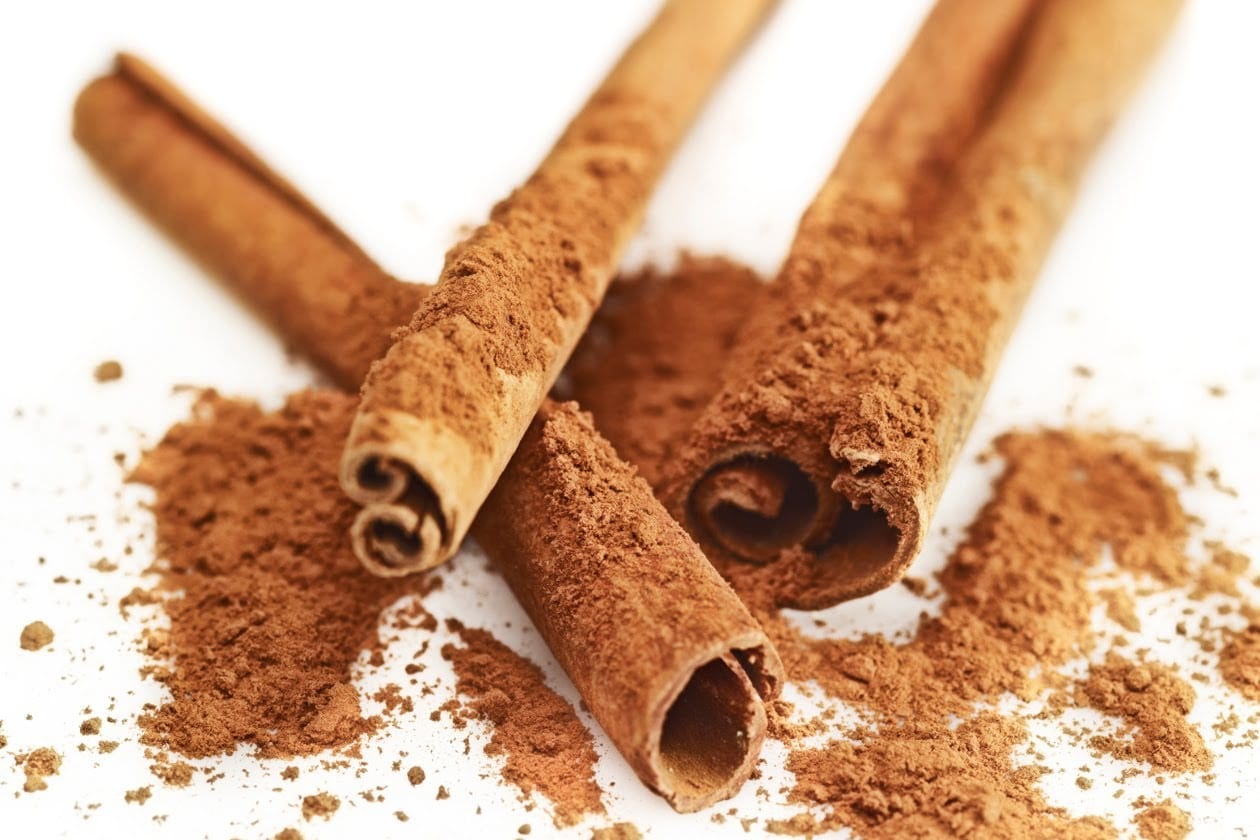
Placing the pot outside, in semi-shade, it will emit its own roots after about a month.
Pruning
Really does not need it, but it is advisable to remove dry, diseased, or weak branches at the end of winter.
Planting or transplanting time
In spring.
Rusticity
It resists up to 0 degrees, but prefers warm tropical climates.
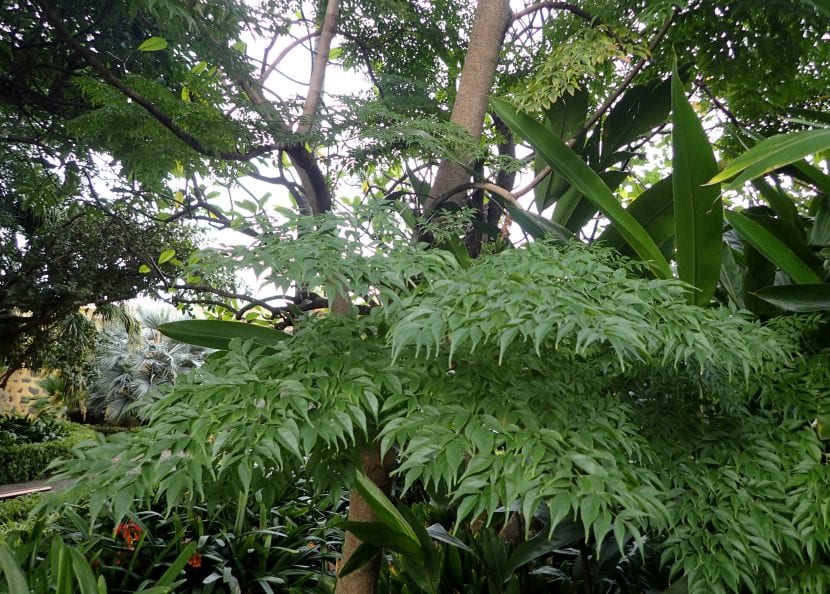
Image - Wikimedia / Krzysztof Ziarnek, Kenraiz
What did you think of the snake tree?